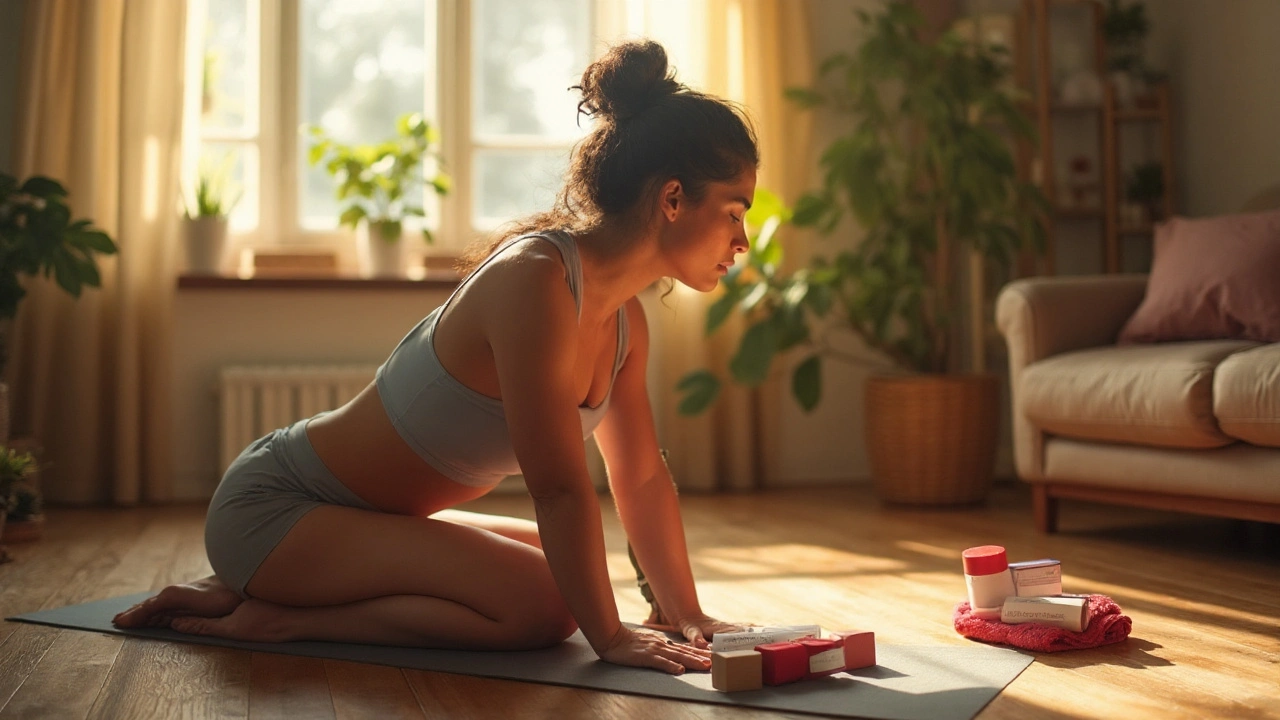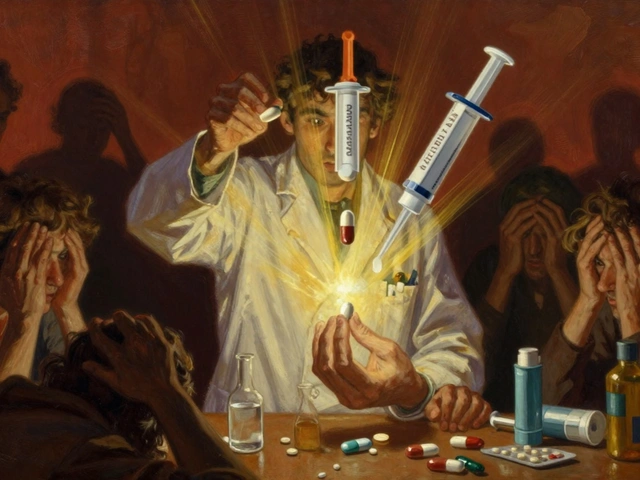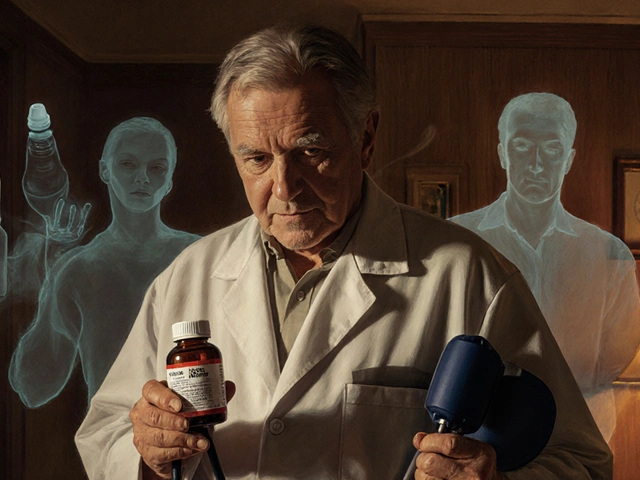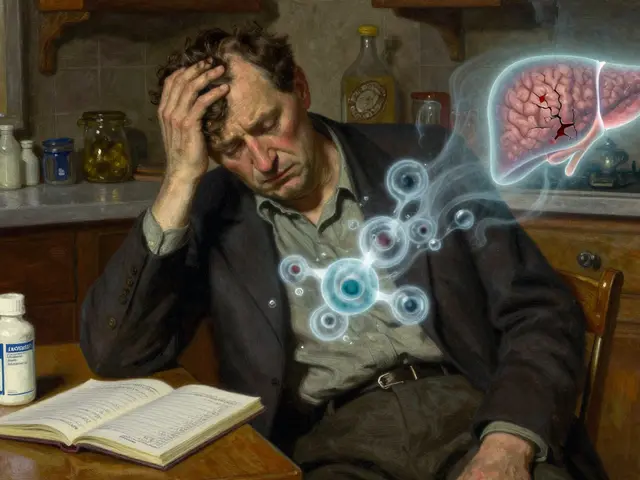Scar Massage: Easy Ways to Improve the Look of Your Scars
Got a scar that's bothering you? You don’t need pricey laser clinics or endless creams. A few minutes of focused massage each day can make the tissue softer, flatter, and less noticeable. Let’s break down why it works and how you can start right now.
Why Massage Helps Scar Tissue
When your skin heals, it lays down collagen in a tight, tangled mesh. This is what makes a scar feel hard and look raised. Gentle massage loosens those fibers, encourages new blood flow, and signals the body to remodel the collagen into a more natural pattern. Think of it like kneading dough – the more you work it, the smoother it becomes.
Research shows that regular scar massage can improve flexibility, reduce itching, and even lower the scar’s color intensity. The key is consistency: a few minutes, twice a day, over several weeks yields the best results.
Simple Techniques You Can Do at Home
All you need is a clean hand, a bit of moisturizer or oil (sweet almond, coconut, or a fragrance‑free lotion works), and a quiet spot. Follow these steps:
1. Warm up the area. Rub your hands together for 10 seconds, then gently spread the moisturizer over the scar. Warm skin absorbs better.
2. Circular motions. Use the pads of your fingers to move in small circles, about a finger‑width in diameter. Apply enough pressure to feel the tissue move, but not so hard that it hurts.
3. Stretch and glide. Place one hand on each side of the scar and pull the skin gently apart, then glide your fingers along the length of the scar. This helps stretch tight bands.
4. Pinch and release. Pinch the scar tissue lightly with thumb and forefinger, hold for a second, then release. Repeat 10‑15 times. This technique boosts circulation.
5. Repeat. Do the routine for 2‑3 minutes per session, twice daily. Most people start seeing softness after 2‑3 weeks, and the scar’s height often drops noticeably after a month.
When you’re done, cover the scar with a light bandage if it’s fresh or still prone to irritation. Keep the area protected from direct sun – UV exposure can darken the scar and undo your hard work.
Remember, scar massage isn’t a miracle cure, but it’s a low‑cost, low‑risk tool you can fit into your morning and bedtime routines. If you notice increased pain, redness, or swelling, stop and talk to a healthcare professional. Also, avoid aggressive pressure on brand‑new scars (less than 6 weeks old) – let the skin close naturally before you start the massage.Give it a try and track your progress with photos every week. You’ll be surprised how a simple habit can make a stubborn scar look a lot less noticeable.

How to Use Yoga and Stretching for Scar Healing: Safe Timeline, Poses, and Routines
Use yoga and stretching to soften scars, improve mobility, and reduce pain-safely. Get a clear start timeline, weekly plan, poses, scar massage, and red flags.
Sep 2 2025




